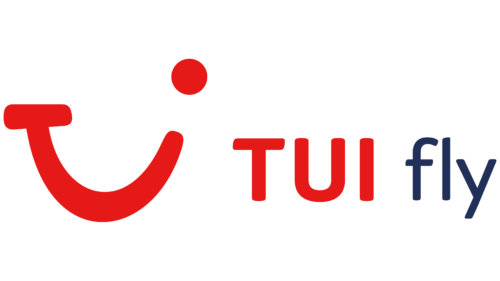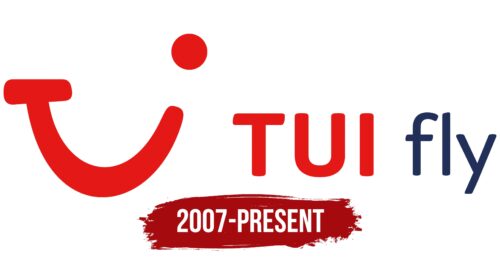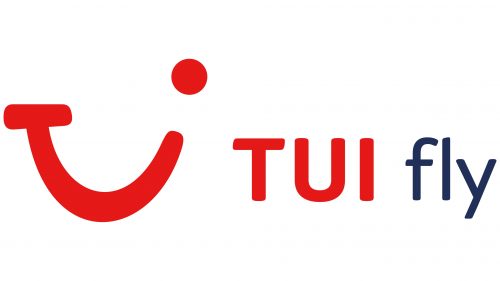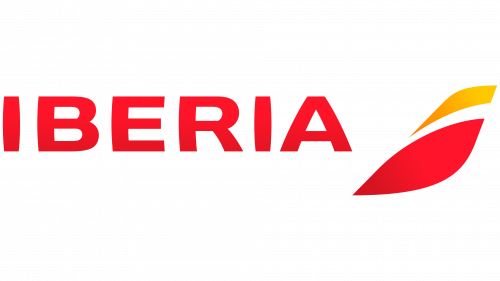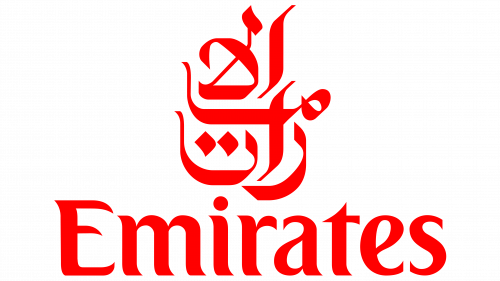The TUIfly logo openly smiles at customers. The symbol winks and invites them to embark on adventures together. The company guarantees that travelers will hardly notice the flight ends, as the journey is smooth and quick.
TUI fly: Brand overview
In 2002, the inception of Hapag-Lloyd Express (HLX) marked the beginning of what would become TUIfly. HLX was established as a subsidiary of Hapag-Lloyd AG, a renowned German transport and tourism company. The goal was to break into the burgeoning European low-cost airline market. Starting with a modest Boeing 737-700s fleet, HLX focused on popular tourist destinations departing from Germany.
The year 2007 brought a pivotal change. Hapag-Lloyd Express merged with Hapagfly, another subsidiary under the TUI AG tourism conglomerate. This merger gave birth to the new airline as part of TUI’s strategy to consolidate its aviation assets and create a stronger brand in the travel market.
Between 2008 and 2010, the company expanded rapidly. The fleet was bolstered with new Boeing 737-800s, allowing more routes and increased passenger capacity. The airline began to develop a hybrid model, blending elements of both charter and scheduled flights.
In 2013, TUI Group underwent a restructuring of its aviation assets. The airline was split into two entities: one for the German market and another for the Scandinavian market. This division enabled the company to better cater to the distinct needs of these regions.
By 2015, the airline began a fleet renewal program, ordering new Boeing 737 MAX aircraft. This move aimed to enhance operational efficiency and reduce fuel consumption, improving the company’s economic performance and environmental impact.
2016, a new strategic direction was introduced to strengthen the company’s position as a leading European tourism airline. The company began to integrate more closely with other TUI Group divisions, offering more comprehensive travel packages to customers.
Further consolidation occurred in 2017, with TUI Group continuing to streamline its aviation assets. The airline became more integrated with other group airlines, including TUI Airways in the UK and TUI Fly Belgium.
2018, the airline significantly expanded its route network, adding new destinations across the Mediterranean, North Africa, and the Middle East. This expansion sought to meet the growing demand for leisure travel from Germany and other European countries.
By 2019, the company had sharpened its focus on sustainability and environmental responsibility. Several initiatives were implemented to reduce CO2 emissions and improve fuel efficiency.
The year 2020 presented unprecedented challenges for the company and the aviation industry. The airline had to adapt swiftly to drastically changed market conditions, prioritizing optimizing its route network and cost reductions.
Meaning and History
What is TUI fly?
This European airline, part of the TUI Group, specializes in charter and scheduled flights to popular tourist destinations. The company operates a fleet of Boeing 737s, serving routes from several European countries to Mediterranean and Caribbean resorts.
2007 – today
The TUI fly logo features a friendly and modern design that attracts attention and conveys trust in the company’s high-quality service.
The logo comprises two main elements: a graphic image and text. The primary graphic element is a smiling face formed from the lowercase letter “j.” This face resembles a smiley, symbolizing joy and positive emotions, and it also references the company’s historical name, Jetairfly.
The company name is split into two parts: “TUI” and “fly.” The first part is bright red, while the second is dark blue. Red represents energy, passion, and dynamism, while blue signifies stability, trust, and professionalism. The font is smooth and modern, with rounded corners, giving the logo a soft and friendly appearance.
At the time of this logo’s creation, TUI fly aimed to strengthen its market position and create a more recognizable and appealing brand. The logo was designed to emphasize the company’s customer orientation and commitment to providing high-quality service.
The smiling face represents the company’s human approach to its customers and maintains a connection to its former name. The contrasting colors in the name highlight different aspects of the company: red for its dynamism and energy and blue for its reliability and stability. The rounded font corners soften the visual perception, creating an image of a company ready to meet its customers’ needs.
Thus, the logo symbolizes joy, positive emotions, and high service standards. It reflects the company’s core values and commitment to delivering its customers the best services. This logo effectively conveys friendliness and professionalism, making the brand recognizable and attractive internationally.
